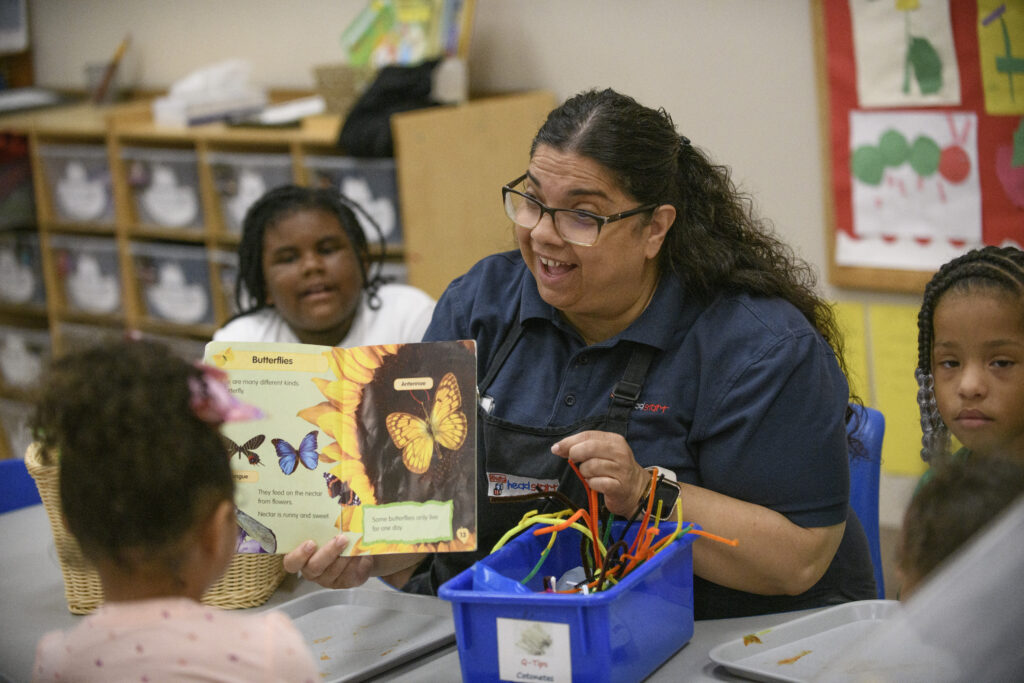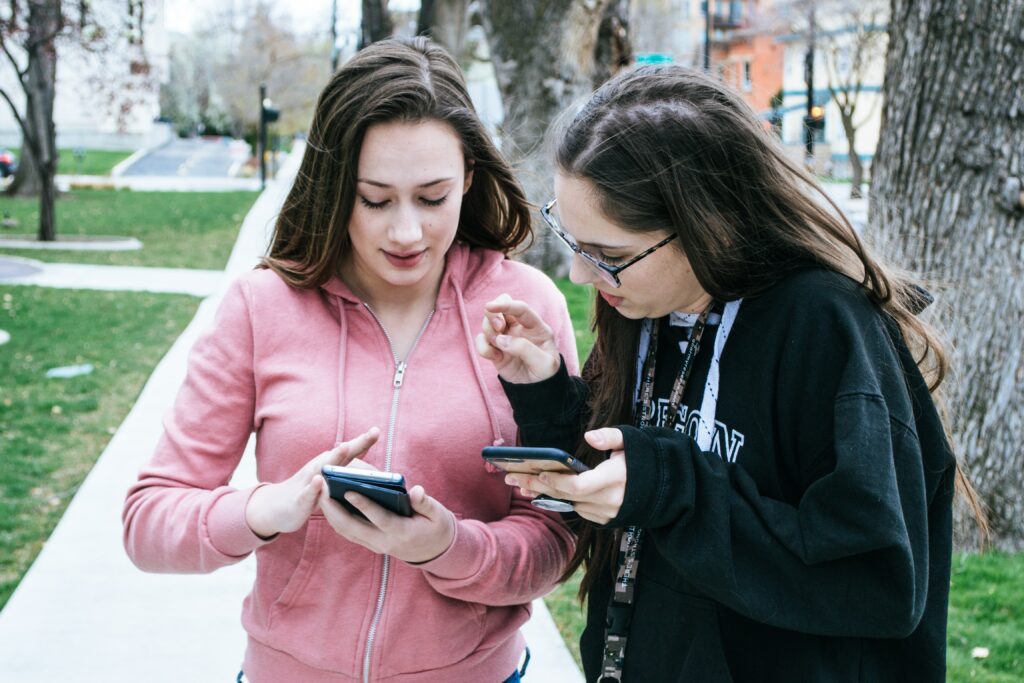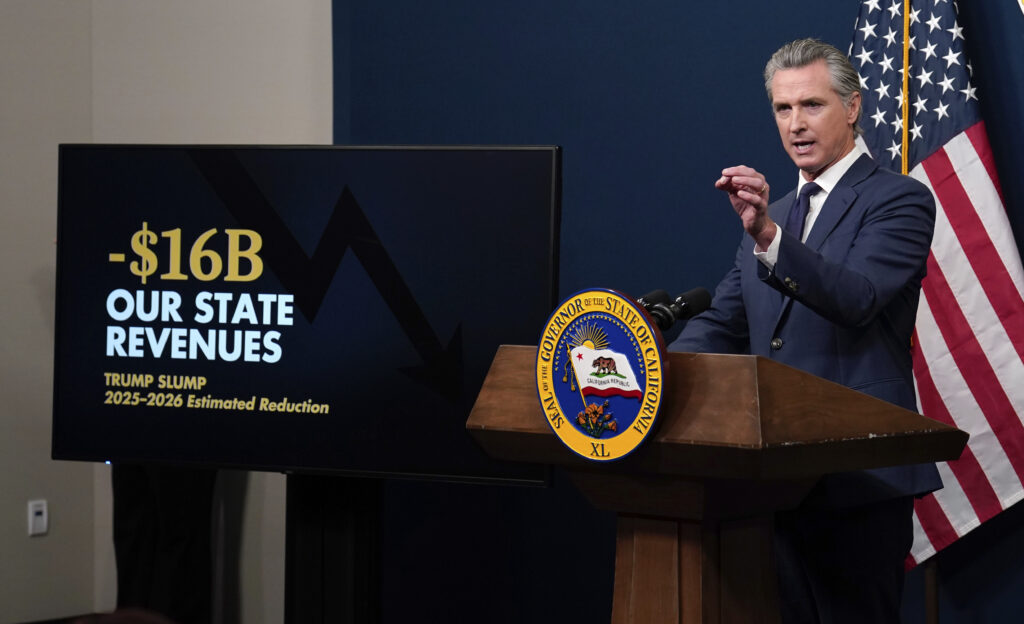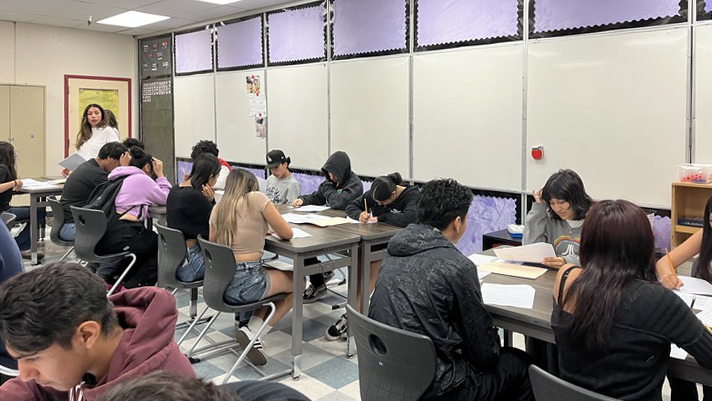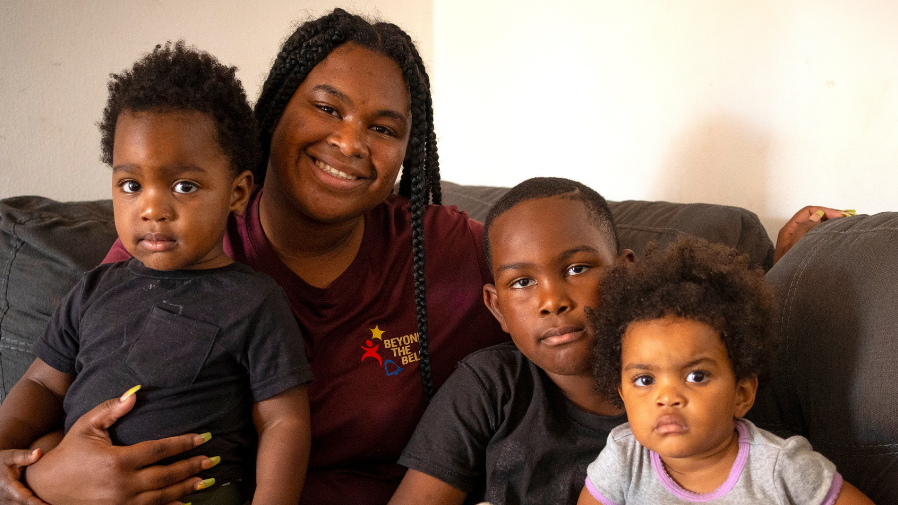During Biden’s term in office, Republicans continually complained that Biden was “weaponizing” the Justice Department because it prosecuted Trump for inciting the insurrection of January 6, 2021, and for taking classified documents to his Mar-A-Lago estate.
Days ago, the Trump administration announced that it had reached a settlement with the family of Ashli Babbitt, who was shot and killed by a police officer as she attempted to be first to break into the House of Representatives’ chamber, where members of Congress were fleeing. The family is suing for $30 million. The police officer who shot her was defending the lives of our elected representatives, both Democrats and Republicans. It’s hard to imagine any other administration, whatever the party in power, paying off the family of a woman leading a mob into the House chambers to stop the electoral vote count.
Now that Trump is president again, he has turned the Departnent of Justice into his personal law office and assigned it the mission of prosecuting anyone whoever dared to cross Trump.
Trump is gleefully using his powers to weaponize the Department of Justice and to punish his political enemies. Not a peep from the Republicans, who unjustly accused Biden of doing what Trump is literally doing.
Trump has issued executive orders targeting law firms who had the nerve to represent Democrats or other Trump critics. His orders barred lawyers from those firms from federal buildings and directed the heads of all federal agencies to terminate contracts with the firms he designated. Several major law firms, fearful of being blocked from any federal cases, immediately capitulated. Trump exacted a price for releasing them from his attack: they had to agree to perform pro bono work on behalf of causes chosen by Trump. He currently has close a billion dollars of legal time pledged to him by those law firms that feared his wrath.
Individuals targeted by Trump must either find a lawyer who will represent them pro bono or face personal bankruptcy, that is, if they can find a lawyer willing to take on the Trump administration.
A few law firms have resisted Trump’s tyranny, and one of them–Perkins Coie–won a permanent injunction to block the enforcement of Trump’s ban. Perkins Coie represented Hillary Clinton in 2016, as well as George Soros. U.S. District Judge Beryl Howell said that Trump’s attacks on specific law firms, based on the clients they represented, were unprecedented and unconstitutional.
Judge Howell cited the example of John Adams, who represented the British soldiers accused of killing five colonists in the Boston Massacre of 1770. In two separate trials, Adams prevailed. He believed that everyone deserved a good lawyer and that they had been provoked into firing. Adams was a patriot and a man who defended the law. He was not stigmatized for defending the British soldiers.
An issue that Judge Howell raised but set aside for another time was whether Trump’s orders, which single out specific groups or individuals for punishment without trial are bills of attainder, which the Constitution forbids. They surely look like it, and this issue will come up again in the future.
As law professor James Huffman wrote in The Wall Street journal about Trump’s targeting of law firms:
A presidential bill of attainder places the powers of all three governmental branches in the hands of one man. As James Madison wrote in Federalist No. 47: “The accumulation of all powers, legislative, executive, and judiciary, in the same hands . . . may justly be pronounced the very definition of tyranny.”
Paul Rosenzweig, who worked in the George W. Bush administration, wrote in The Atlantic about Trump’s destruction of the rule of law, which he has twisted into an instrument of retribution for his personal grudges.
He writes:
When Thomas Paine asked what made America different from England, he had a ready answer: “In America, the law is king.” America has not always upheld that ideal, but, taking the long view, it has made great progress toward that principle. In recent decades, the Department of Justice has become an institutional embodiment of these aspirations—the locus in the federal government for professional, apolitical enforcement of the law, which is in itself a rejection of the kingly prerogative. That is why Donald Trump’s debasement of the DOJ is far more than the mere degradation of a governmental agency; it is an assault on the rule of law.
His attack on the institution is threefold: He is using the mechanisms of justice to go after political opponents; he is using those same mechanisms to reward allies; and he is eliminating internal opposition within the department. Each incident making up this pattern is appalling; together, they amount to the decimation of a crucial institution.
Investigations should be based on facts and the law, not politics. Yet Trump has made punishing political opposition the hallmark of his investigative efforts. The DOJ’s independence from political influence, long a symbol of its probity (remember how scandalous it was that Bill Clinton had a brief meeting with Attorney General Loretta Lynch?), is now nonexistent.
This development should frighten all citizens, no matter what their political persuasion. As Attorney General Robert Jackson warned in 1940, the ability of a prosecutor to pick “some person whom he dislikes and desires to embarrass, or selects some group of unpopular persons and then looks for an offense, [is where] the greatest danger of abuse of prosecuting power lies.” Choosing targets in this way flies in the face of the DOJ’s rules and traditions—to say nothing of the actual, grave harm it can inflict on people.
Far from eschewing the possibility of abuse, Trump and his allies at the Department of Justice positively revel in it. The most egregious example was Trump’s recent issuance of an executive order directing the government to investigate the activities of two of his own employees in the first administration, Chris Krebs and Miles Taylor, who later came to be political opponents of his. (Both men are friends and colleagues of mine.)
Their offense of perceived disloyalty is perhaps the gravest sin in Trump world, and as a result, they will now be individually targeted for investigation. The personal impact on each of them is no doubt immediate and severe. Krebs, who is a well-respected cybersecurity leader, has quit his job at SentinelOne and plans to focus on his defense. If Trump’s DOJ pursues this investigation to the limit, the two men could face imprisonment.
The cases of Krebs and Taylor do not stand in isolation. Recently, the U.S. attorney in New Jersey (Trump’s former personal attorney Alina Habba) launched an investigation into the state of New Jersey for its alleged “obstruction” of Trump’s deportation agenda. In other words, because New Jersey won’t let its own employees be drafted as servants of Trump’s policy, the state becomes a pariah in Trump’s mind, one that must be coerced into obedience.
Meanwhile, Attorney General Pam Bondi has announced that the U.S. government is suing Maine because of the state’s refusal to ban transgender athletes from playing on girls’ high-school sports teams. Not content with threatening Maine, Bondi has also announced an investigation of the Los Angeles Sheriff’s Office because of its alleged opposition to the Second Amendment and its “lengthy” process for approval of gun permits. And she recently announced that she would target leakers of classified information by going after journalists, rescinding a policy that protected journalists from being subpoenaed to assist government-leak investigations.
But the most aggressive abuser of the criminal-justice system has to be the interim U.S. attorney for the District of Columbia, Ed Martin. Martin has asked the FBI to investigate several of President Joe Biden’s EPA grantees for alleged fraud—a claim so weak that one of Martin’s senior subordinates resigned rather than have to advance it in court. He has also begun to investigate, or threatened investigations of, Georgetown University, Senator Charles Schumer, and Representatives Eugene Vindman and Robert Garcia, among others. More recently, in mid-April, Martin sent a series of inquiry letters to at least three medical and scientific journals, asking them how they ensured “competing viewpoints,” with the evident intention of suggesting that the failure to include certain minority opinions was, in some way, content discrimination.
A less-well-known example of Martin’s excess is his use of threats of criminal prosecution to empower DOGE. When DOGE was first denied entry into the U.S. Institute of Peace, one of the lawyers for USIP got a call from the head of the U.S. attorney’s criminal division, threatening criminal investigation if they didn’t allow DOGE into the building. Magnifying that power of criminal law, Martin sent D.C. police officers to the agency, telling the police that there was “an ongoing incident at the United States Institute of Peace” and that there was “at least one person who was refusing to leave the property at the direction of the acting USIP president, who was lawfully in charge of the facility,” according to the journalist Steve Chapman.
A final example of DOJ overreach is, perhaps, the most chilling of all. In a recently issued presidential memorandum, Trump directed the attorney general to “investigate and take appropriate action concerning allegations regarding the use of online fundraising platforms to make ‘straw’ or ‘dummy’ contributions and to make foreign contributions to U.S. political candidates and committees, all of which break the law.” Were the investigation neutral in nature, this might be understandable. But it isn’t.
In fact, there are two major fundraising platforms in use—WinRed (the Republican platform) and ActBlue (the Democratic one). Even though WinRed has been the subject of seven times as many FTC complaints as ActBlue, the Trump memorandum involves only the latter. By targeting his opponents’ fundraising, Trump is overtly marshaling the powers of federal law enforcement in his effort to shut down political opposition.
In essence, Trump is using the department to try to ensure future Republican electoral victories. One can hardly imagine a more horrifying variation on Lavrentiy Beria’s infamous boast: “Show me the man and I’ll show you the crime.”
There is more to the article. I encourage you to read it in full.

